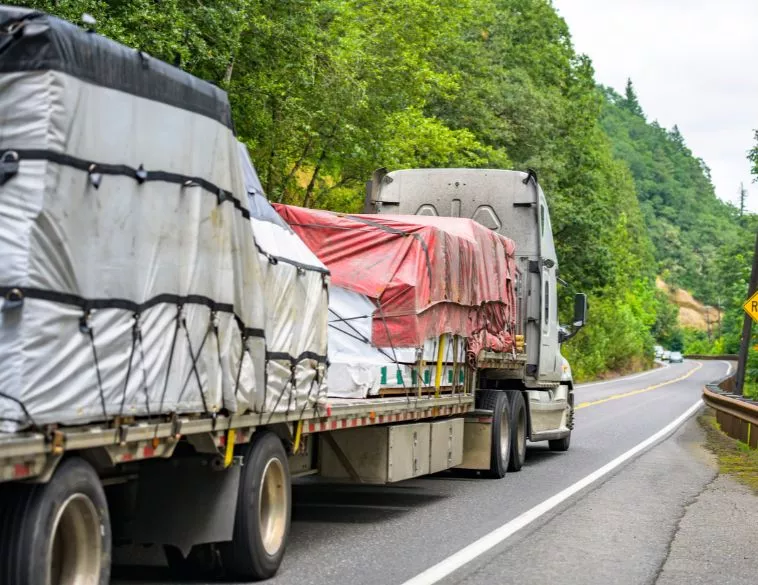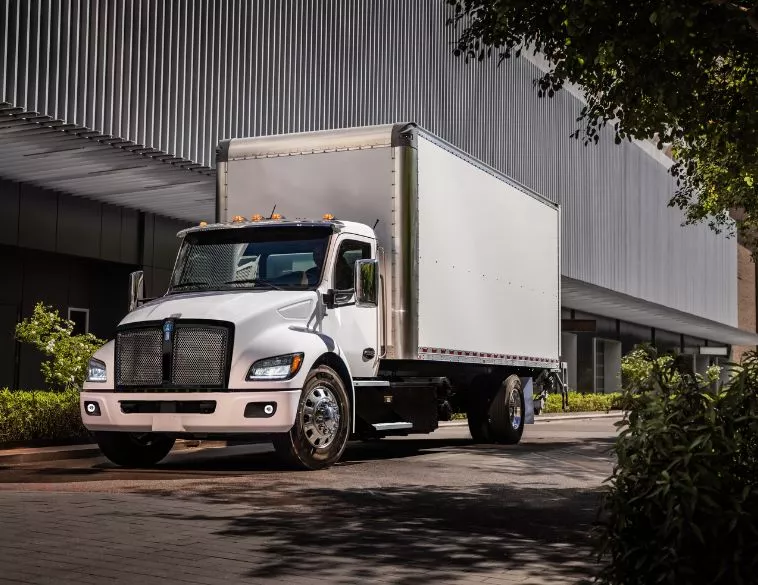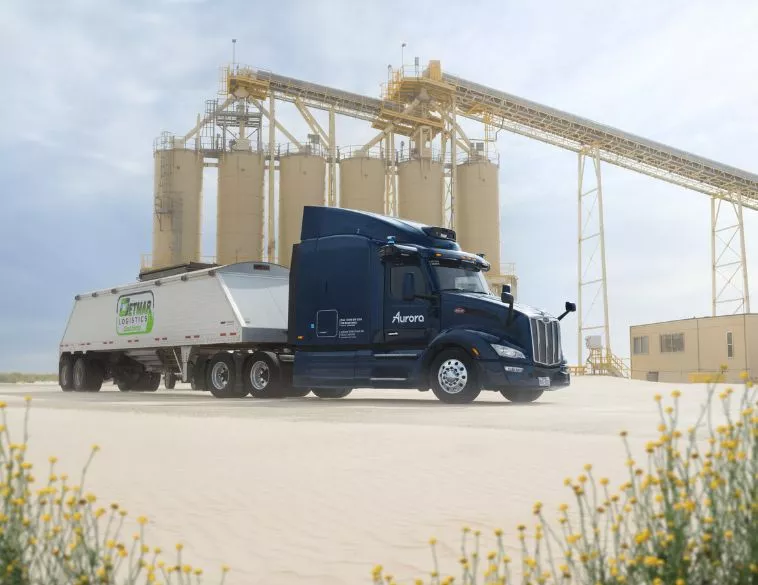Tracking Trailers

Do you know where all your fleet assets are?
Telematics has long allowed fleet professionals to track their assets, including everything from sedans and light-duty vehicles to Class 8 trucks, and everything in between.
When we think about the typical tractor-trailer setup, which would you say should be equipped with telematics: the tractor or the trailer? A growing number of fleet professionals would argue that both need to monitored, especially if you want a complete picture of where all your assets are at all times, and whether they need your attention for one reason or another.
While tracking tractors makes sense for many reasons, “a growing number of fleets are investing in telematics for their trailers as well,” says Stacy Sadar, Senior Business Development Manager at Geotab. “Besides the location of each trailer, telematics is about optimizing efficiencies, improving safety, and protecting assets—not just the trailer, but the cargo that’s in it.”
Sadar argues that tracking trailers has become a must, especially in recent years, since theft of cargo is a growing concern. According to the most recent statistics, theft has risen by double-digits, year-over-year, “and the average loss has now risen to over $200,000 per incident across North America,” Sadar adds.
Paul Washicko, General Manager of the Telematics Solutions Business Unit at CalAmp agrees that telematics is a must for trailers. “I think a majority of new trailers that are being delivered have GPS tracking devices that have been installed at the factory,” he adds.
Optimizing efficiencies
Beyond theft prevention, telematics is helping fleets improve their operational efficiencies. “If you don’t know where your trailers are,” Sadar says, “you can’t utilize them.”
Knowing the location of each trailer benefits both drivers and customers, Sadar explains. From the driver’s perspective, it’s a good way to find the trailer they’re supposed to be picking up. Customers, on the other hand, benefit because they can always find out where their trailer is, and how long it’s going to take for them to receive their cargo.
“This data is used by dispatch, reducing billing disputes, enhancing transparency, and telling customers where their products are,” Sadar adds.
According to Washicko, the larger the fleet, the bigger the need for tracking. “For a smaller fleet, it’s not such a big deal,” he explains. “If you have five trailers, you pretty much know where each one is. Larger fleets have more of a challenge. They don’t always know where their trailers are, and if they need a particular trailer, it can be difficult to find [without GPS tracking].”
Telematics—beyond location data
While trailer location data is key, fleet professionals can leverage the power of telematics to gather a lot more information about each of their trailers. “They can find out if the trailer doors were opened, they can see inside the trailer, if they decide to connect a camera, and they can monitor the health of each trailer,” Sadar explains.
“Another reason why you’d want to track your trailers is to prevent unauthorized usage,” Washicko adds.
Depending on the type of telematics and sensors employed, fleet managers can gather data about the condition of the tires or brakes. “That brings us to maintenance,” Washicko explains. “You might have a trailer equipped with an automatic tire inflation system (ATIS), and conclude that you’re good to go, but you also need to know if you have a leak in a tire, because the constant inflation and deflation wears the tire out.”
In addition, telematics can alert the driver and fleet manager to any fault codes. “Brake fault codes are key because you need to know that everything is working properly,” Washicko adds. “So getting information about any diagnostic trouble codes is important, and wear sensors are extremely valuable. Moreover, it’s a good idea to monitor vibration and temperature to see if something is wrong.”
Hide your hardware
Like all telematics solutions, tracking a trailer requires the appropriate hardware, including sensors, and the software that can receive data and then translate it into actionable information.
Sadar says the hardware is easy to install, and that any fleet’s in-house mechanics should be able to do so easily. To prevent any potential thieves from disabling the hardware that’s connected to the trailer, Sadar says that it should be mounted out of sight so that it’s hidden from view.
Getting started
The benefits of tracking trailers with telematics is clear. Furthermore, the technology is proven, and it’s been used for many years to track a variety of vehicles. Sadar recommends that fleet managers look at their needs, figure out what kind of data they want to collect, and then choose a telematics provider that’s right for them.
“I would then do a pilot,” she adds. “I would install them on a few vehicles and see how it goes from there. But until you understand what you actually need, you can’t do a pilot with it.”
CalAmp’s Washicko, on the other hand, doesn’t think that a pilot project is always necessary, simply because the technology is proven, and the benefits are clear. “I think the technology is well understood, and fleet managers can talk to other fleets to see how they’re taking advantage of it,” he says.
That said, he does see why some fleet might want to dip their toes into the telematics pool before jumping in with both feet. “If they do want a pilot, it would be more about how they would use the technology, and how they’re going to route that information within their organization,” he says. “It wouldn’t be a pilot about the efficacy of the service, because that’s already been established.”






